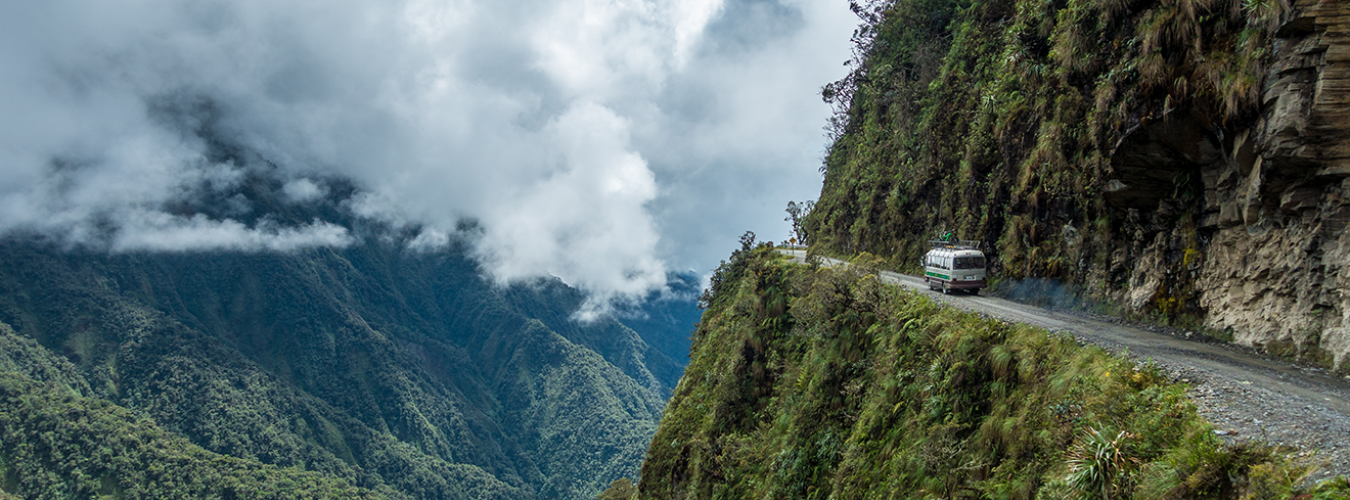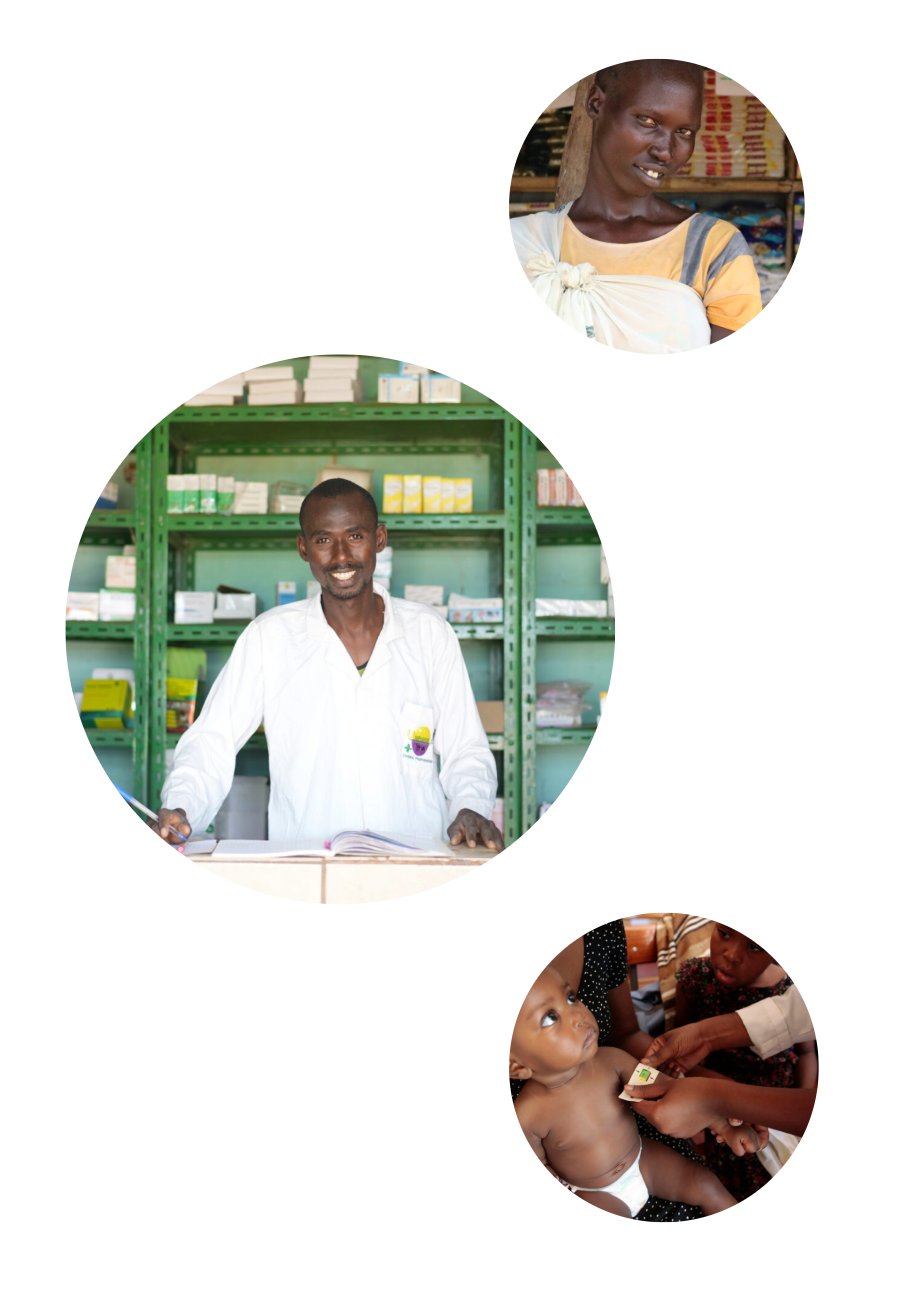
What is a Landlocked Developing Country?
Lack of territorial access to the sea, isolation from world markets and high trade costs impose serious constraints on the development of Landlocked Developing Countries (LLDCs).
Without direct access to coastal ports, landlocked developing countries must rely on transit countries to connect them with international markets. This can lead to increased transportation trade costs, delays in the movement of goods, and susceptibility to political and economic instability in transit countries. These challenges often result in reduced foreign direct investment, limited export opportunities, and slower economic growth.
So, on top of challenges faced by all developing countries, LLDCs also face substantially increased costs for trade and transport because of their geographic location. On average, LLDCs pay more than double their neighbours in transport costs to send and receive merchandise from overseas markets.
In many cases, LLDCs’ transit neighbours are themselves developing countries and often face similar economic challenges. Therefore, little trade typically occurs between LLDCs and their neighbours.
These are the countries classified as Landlocked Developing Countries: Afghanistan, Armenia, Azerbaijan, Bhutan, Plurinational State of Bolivia, Botswana, Burkina Faso, Burundi, Central African Republic, Chad, Eswatini, Ethiopia, Kazakhstan, Kyrgyzstan, Lao PDR, Lesotho, Malawi, Mali, Mongolia, Nepal, Niger, North Macedonia, Paraguay, Republic of Moldova, Rwanda, South Sudan, Tajikistan, Turkmenistan, Uganda, Uzbekistan, Zambia, and Zimbabwe.
Check some of our Landlocked stories

